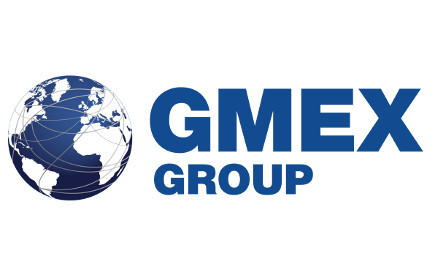By Hirander Misra, Chairman and CEO of GMEX Group
Commodities markets have always presented market operators with a unique set of challenges. One of these is how to build an effective electronic warehouse receipts system (eWRS) for physical commodities linked to trusted warehousing and financing for trade finance. Many large operators have historically taken a “top-down” approach to commodity market development, starting by implementing a state-of-the-art trading platform and then adding warehousing, eWRS and trade finance almost as an afterthought. In our experience, that’s a seriously flawed approach.
This is because a top-down approach to commodity finance involves starting with the exchange system, then layering on an inventory matching system, which requires a raft of physical and boots-on-the-ground features – warehouses, logistics management, receipting processes, etc.
The problem here is that commodity finance is inherently a physical process. Physical warehouses or collection points and silos, etc. are needed to hold graded inventoried product based on the right standard to ensure trust. Without securing that basic physical infrastructure, the whole system is vulnerable to fraud and mismanagement.
This is why GMEX delivers a “bottom-up” approach; starting with the physical logistics supply chain, and integrating that with suppliers at all levels, also ensuring effective supply chain finance. This supply-to-demand chain can include originators (e.g. farmers and miners), small-scale traders, brokers, storage, transportation, shipping, banks and buyers including multinationals. Then, once we have an efficient process, we add an inventory matching process, and finally the electronic exchange and matching engine.
Those physical elements need to be tied to the entire supply chain electronically so that large banks can effectively and safely finance the physical inventory. This also requires a consolidated audit trail showing provenance of the product, product standards, etc. Essentially, the supply, the distribution, the storage, and the finance all have to be linked to form a single effective eWRS.
None of this is easy to do.
Two common examples of areas where warehouse receipt systems can – and do – fail are precious metals and agricultural commodities. Many precious metals buyers run into problems trying to avoid “blood gold” – precious metals that have been produced under objectionable conditions, or where the gold finances unacceptable causes. Similarly, agricultural products are vulnerable to significant spoilage problems that may not be immediately obvious when the product is sitting unattended in a warehouse. Plus there is the issue of who delivers first and who pays, as there is currently no real effective form of guarantee. A proper eWRS combined with a trade finance guarantee fund can combat such problems.
Exchanges that properly build this type of warehousing system become crucial middlemen in the commodity supply chain, providing foreign buyers with a trusted controller that can verify standards, demonstrate provenance, manage and match inventory, and facilitate trade finance.
“Trusted” is a key word. We believe that in many locales, the most important function of the exchange in the warehousing system is providing a crucial trust factor. A lack of trust and financial controls can rapidly and completely undermine external finance. The more suppliers and buyers can turn to an exchange for controls, grading, and auditing of the electronic warehouse receipt system, the better – and the more it becomes an invaluable asset.
In the successful commodity markets of tomorrow it will be critical to prove digital data integrity throughout the value chain as well as connecting physical commodities with their digital equivalents. This can transform the digital security of trading commodities globally. This integrated with the latest exchange trading, clearing, settlement and electronic warehouse receipts technology ensures that the current world of centralised systems and new world of hybrid centralised and distributed enablement can coexist as part of a unique game changing hybrid paradigm.
For more articles in this series please see:
Intro: Rewiring today’s exchanges and post trade to forge tomorrow’s market success





